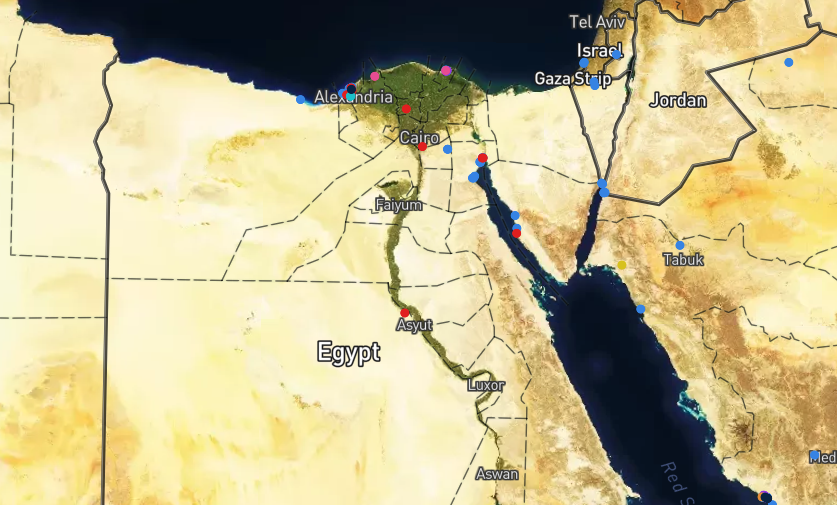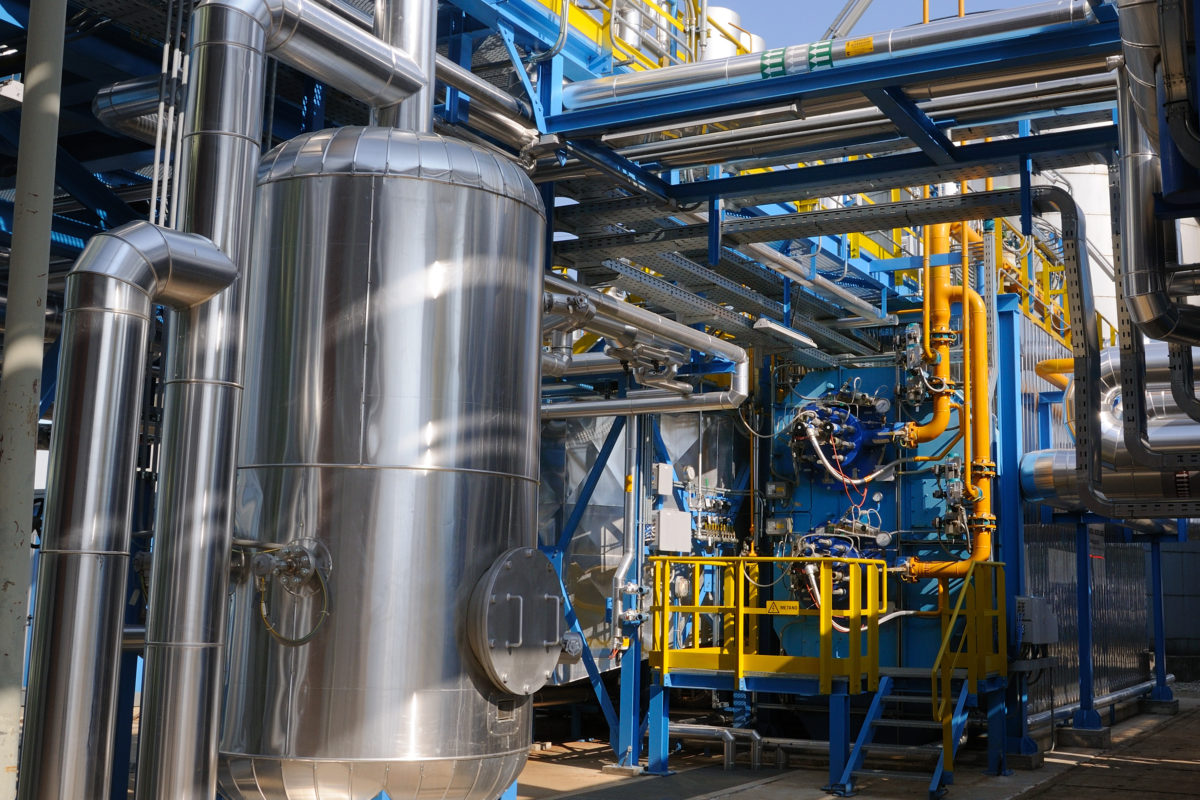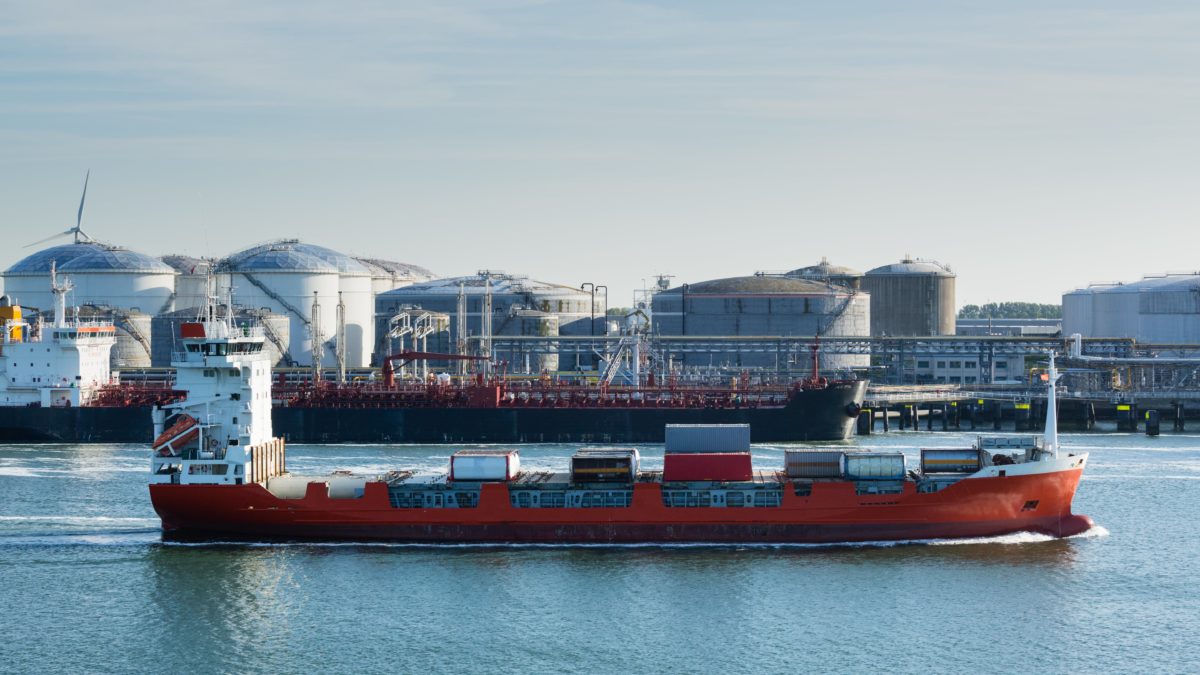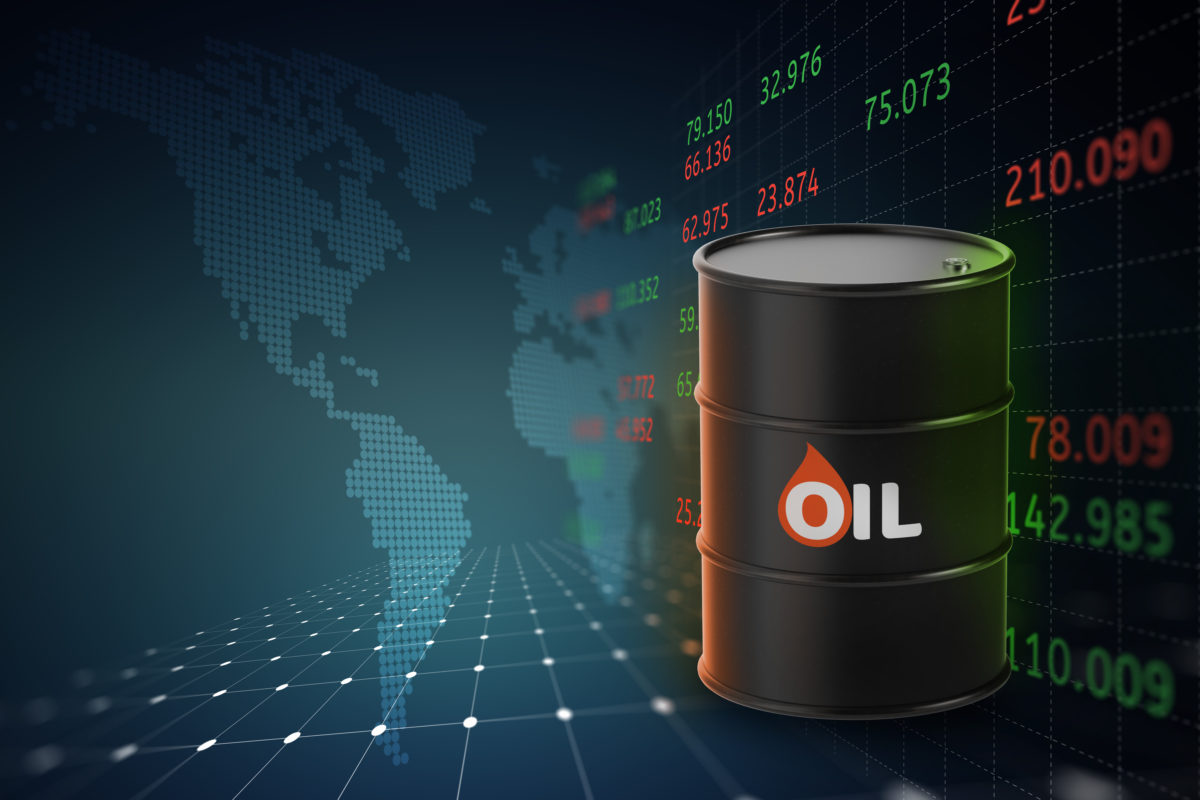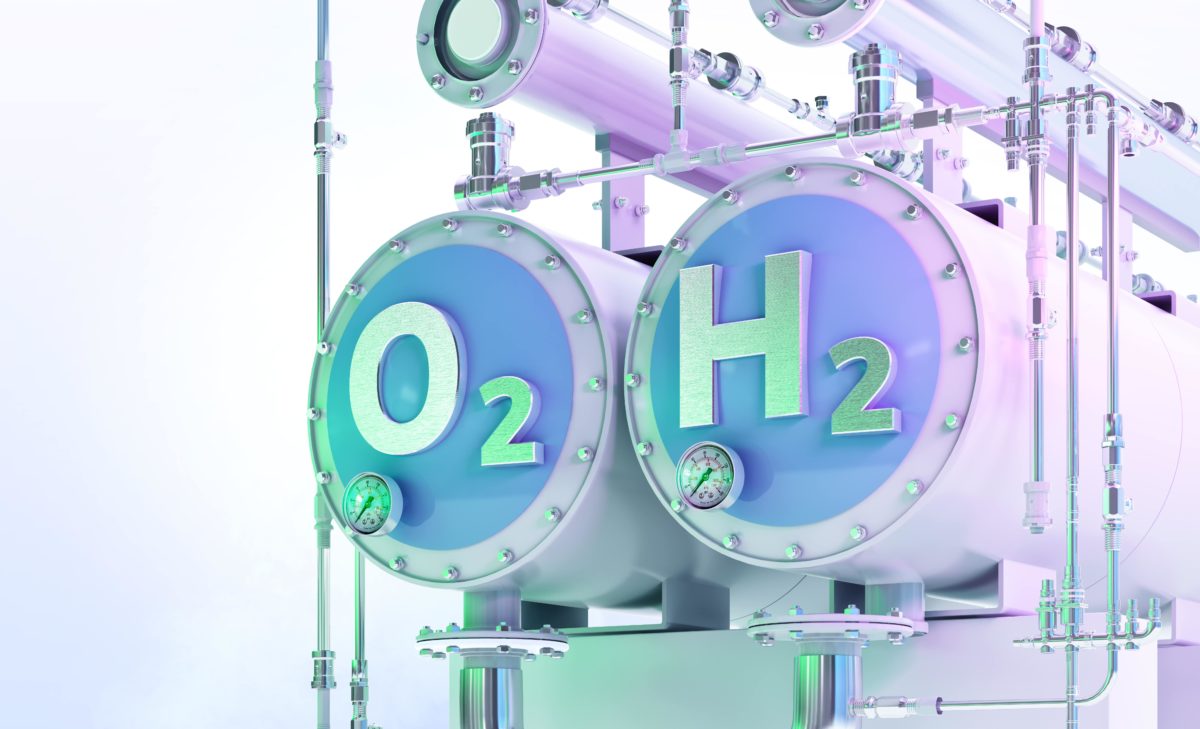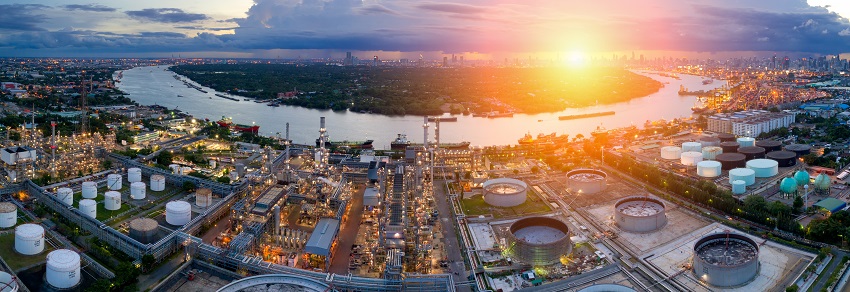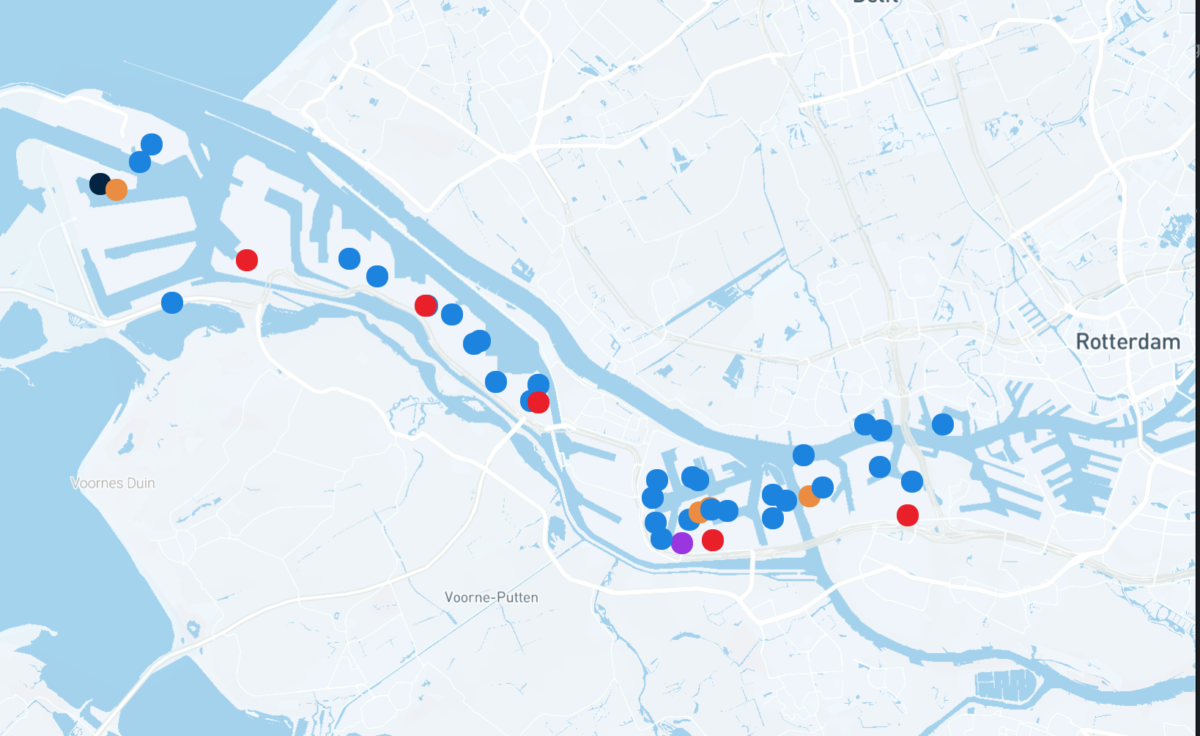India and other Asian nations are becoming an increasingly vital source of oil revenues for Moscow despite strong pressure from the U.S. not to increase their purchases, as the European Union and other allies cut off energy imports from Russia in line with sanctions over its war on Ukraine.
Such sales are boosting Russian export revenues at a time when Washington and allies are trying to limit financial flows supporting Moscow’s war effort.
A report by the Helsinki, Finland-based Centre for Research on Energy and Clean Air, an independent think tank released Monday said Russia earned 93 billion euros ($97.4 billion) in revenue from fossil fuel exports in the first 100 days of the country’s invasion of Ukraine, despite a fall in export volumes in May.
“Revenue from fossil fuel exports is the key enabler of Russia’s military buildup and aggression, providing 40% of federal budget revenue,” it said.
India, an oil-hungry country of 1.4 billion people, has guzzled nearly 60 million barrels of Russian oil in 2022 so far, compared with 12 million barrels in all of 2021, according to commodity data firm Kpler. Shipments to other Asian countries, like China, have also increased in recent months but to a lesser extent.
In an interview with The Associated Press, Sri Lanka’s prime minister said he may be compelled to buy more oil from Russia as he hunts desperately for fuel to keep the country running amid a dire economic crisis.
Prime Minister Ranil Wickremesinghe said Saturday said he would first look to other sources, but would be open to buying more crude from Moscow. In late May, Sri Lanka bought a 90,000-metric-ton (99,000-ton) shipment of Russian crude to restart its only refinery.
Russia is moving to diversify its exports. Russian Ambassador Marat Pavlov met Philippine President-elect Ferdinand Marcos Jr. on Monday and offered Moscow’s help to provide oil and gas. He did not specify the terms.
Marcos Jr., whose six-year term is set to begin June 30, did not say if he was considering the offer.
Since Russia’s invasion of Ukraine in late February, global oil prices have soared, giving refiners in India and other countries an added incentive to tap oil Moscow is offering them at steep discounts of $30 to $35, compared with Brent crude and other international oil now trading at about $120 per barrel.
Their importance to Russia rose after the 27-nation European Union, the main market for fossil fuels that supply most of Moscow’s foreign income, agreed to stop most oil purchases by the end of this year.
“It seems a distinct trend is becoming ingrained now,” said Matt Smith, lead analyst at Kpler tracking Russian oil flows. As shipments of Urals oil to much of Europe are cut, crude is instead flowing to Asia, where India has become the top buyer, followed by China. Ship tracking reports show Turkey is another key destination.
“People are realizing that India is such a refining hub, taking it at such a cheap price, refining it and sending it out as clean products because they can make such strong margins on that,” Smith said.
In May, some 30 Russian tankers loaded with crude made their way to Indian shores, unloading about 430,000 barrels per day. An average of just 60,000 barrels per day arrived in January-March, according to the Centre for Research on Energy and Clean Air.
Chinese state-owned and independent refiners also have stepped up purchases. In 2021, China was the largest single buyer of Russian oil, taking 1.6 million barrels per day on average, equally divided between pipeline and seaborne routes, according to the International Energy Agency.
While India’s imports are still only about a quarter of that, the sharp increase since the war began is a potential source of friction between Washington and New Delhi.
The U.S. recognizes India’s need for affordable energy, but “we’re looking to allies and partners not to increase their purchases of Russian energy,” Secretary of State Antony Blinken said after a meeting of U.S. and Indian foreign and defense ministers in April.
Meanwhile, the U.S. and its European allies are engaged in “extremely active” discussions on coordinating measures, perhaps forming a cartel, to try to set a price cap on Russian oil, Treasury Secretary Janet Yellen told a Senate Finance Committee meeting on Tuesday.
The aim would be to keep Russian oil flowing into the global market to prevent crude oil prices, already up 60% this year, from surging still higher, she said.
“Absolutely, the objective is to limit the revenue going to Russia,” Yellen said, indicating the exact strategy had not yet been decided on.
While Europe could find alternative sources for its purchases of about 60% of Russia’s crude exports, Russia also has options.
India’s foreign minister, Subrahmanyam Jaishankar, has emphasized his country’s intention to do what is in its best interests, bristling at criticism over its imports of Russian oil.
“If India funding Russian oil is funding the war … tell me, then buying Russian gas is not funding the war? Let’s be a little even-handed,” he said at a recent forum in Slovakia, referring to Europe’s imports of Russian gas.
India’s imports of crude from Russia rose from 100,000 barrels per day in February to 370,000 a day in April to 870,000 a day in May.
A growing share of those shipments displaced oil from Iraq and Saudi Arabia, most of it going to refineries in Sika and Jamnagar on India’s western coast. Up until April, Russian oil accounted for less than 5% of the crude processed at the Jamnagar oil refinery run by Reliance Industries. In May, it accounted for more than a quarter, according to Centre for Research on Energy and Clean Air.
India’s exports of oil products like diesel have risen to 685,000 barrels per day from 580,000 barrels per day before the invasion of Ukraine. Much of its diesel exports are sold in Asia, but about 20% was shipped via the Suez Canal, headed for the Mediterranean or Atlantic, essentially Europe or the US, said Lauri Myllyvirta, a lead analyst at CREA.
It’s impossible to quantify the exact amount of Russian crude in refined products being shipped out of India, he said. Still, “India is providing an outlet for Russian crude oil to get through the market,” he said.
China’s imports also have risen further this year, helping Russian President Vladimir Putin’s government record a current account surplus, the broadest measure of trade, of $96 billion for the four months ending in April.
It’s unclear if such exports might eventually be subject to sanctions meant to cut the cash flowing to Russia.
Regarding the sanctions, “Are those measures effective? And if not, how is the oil market working around them?” Myllyvirta said.
By AP NEWS, June 14, 2022

